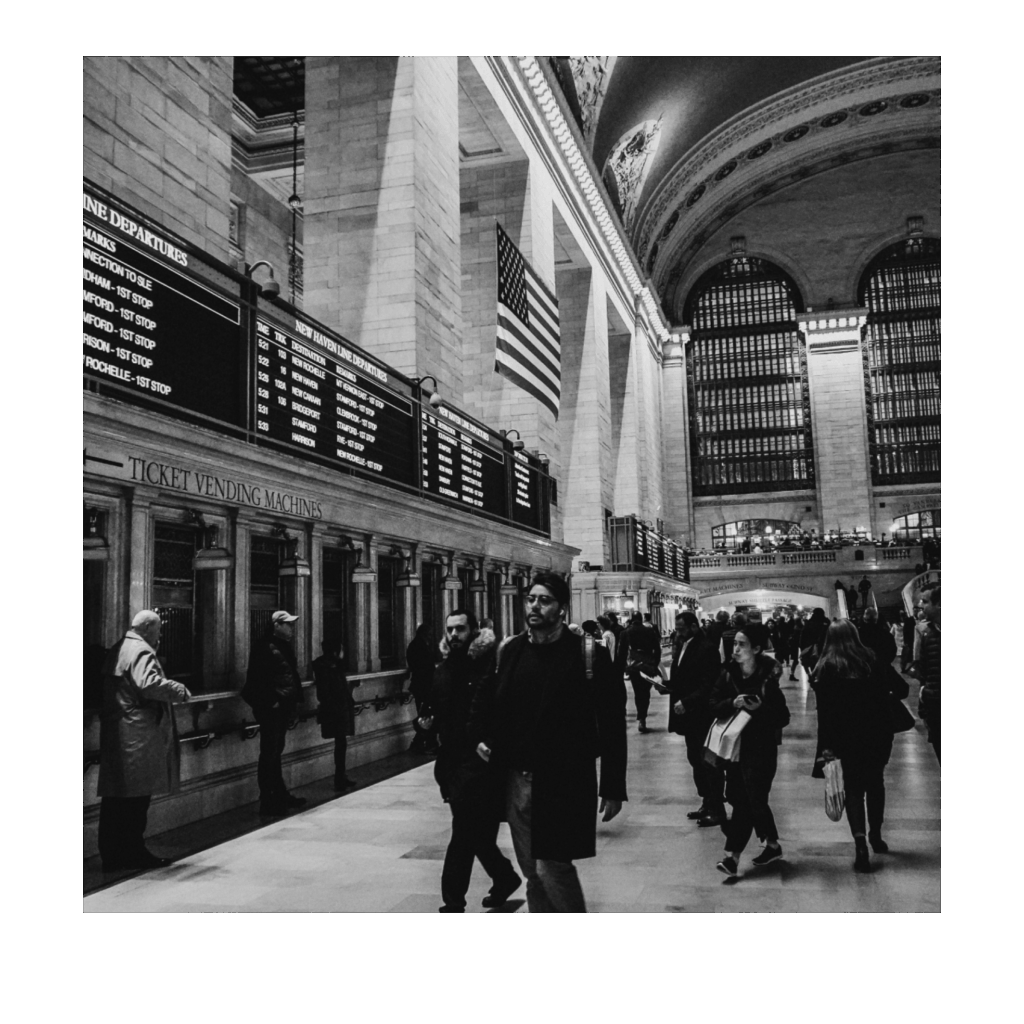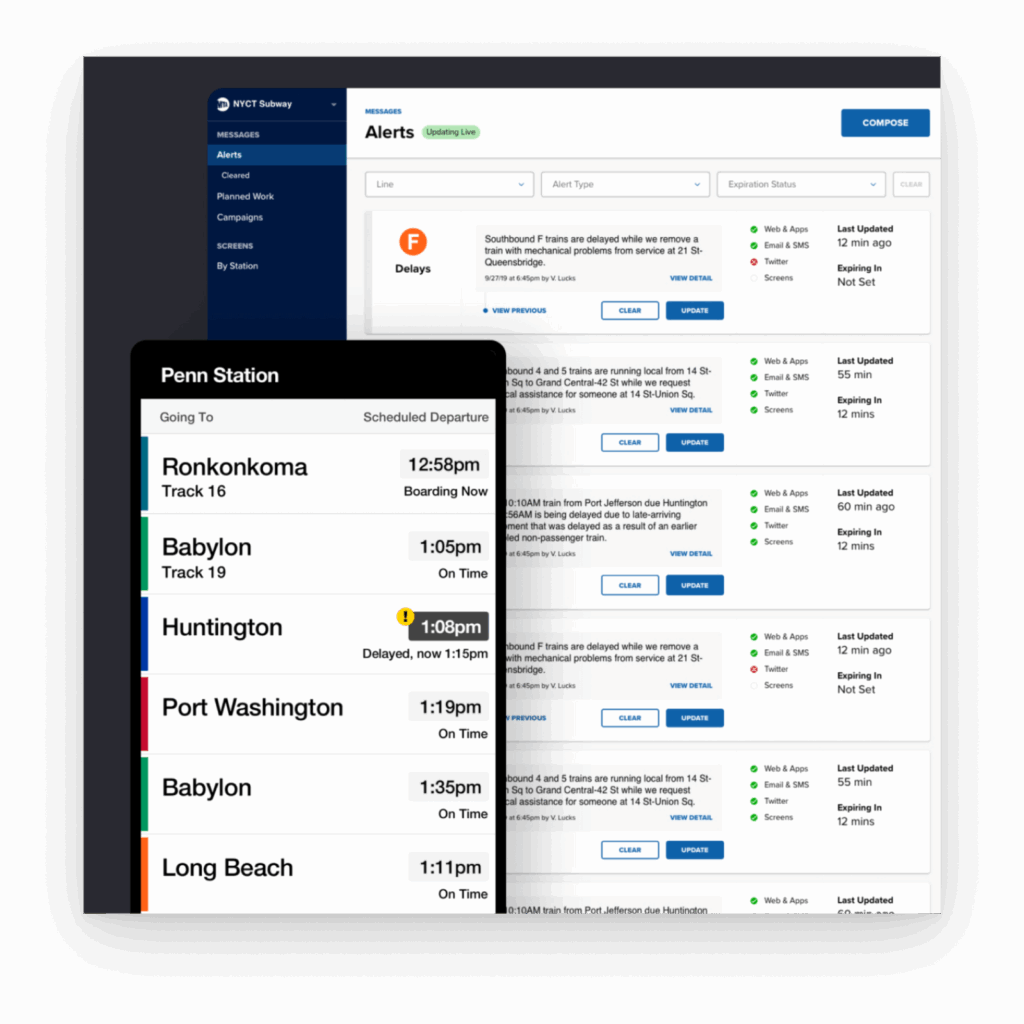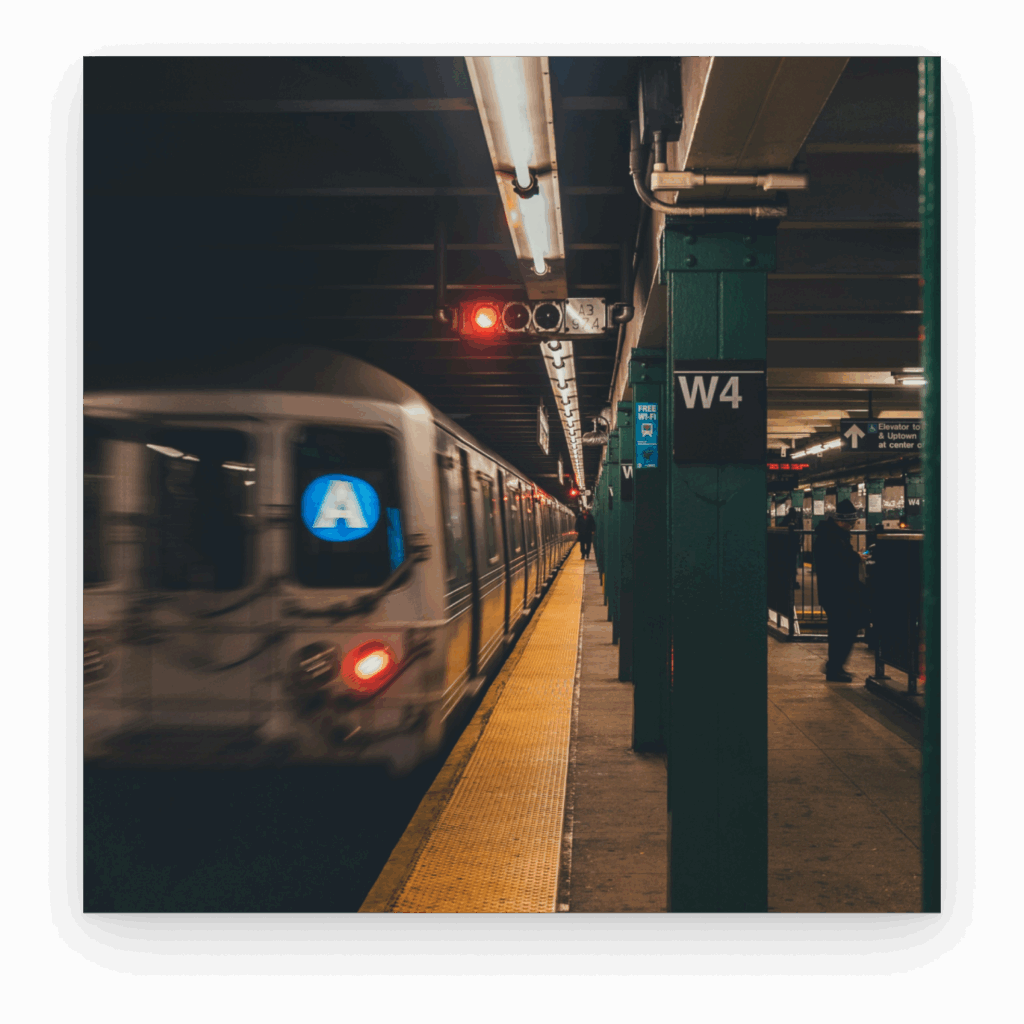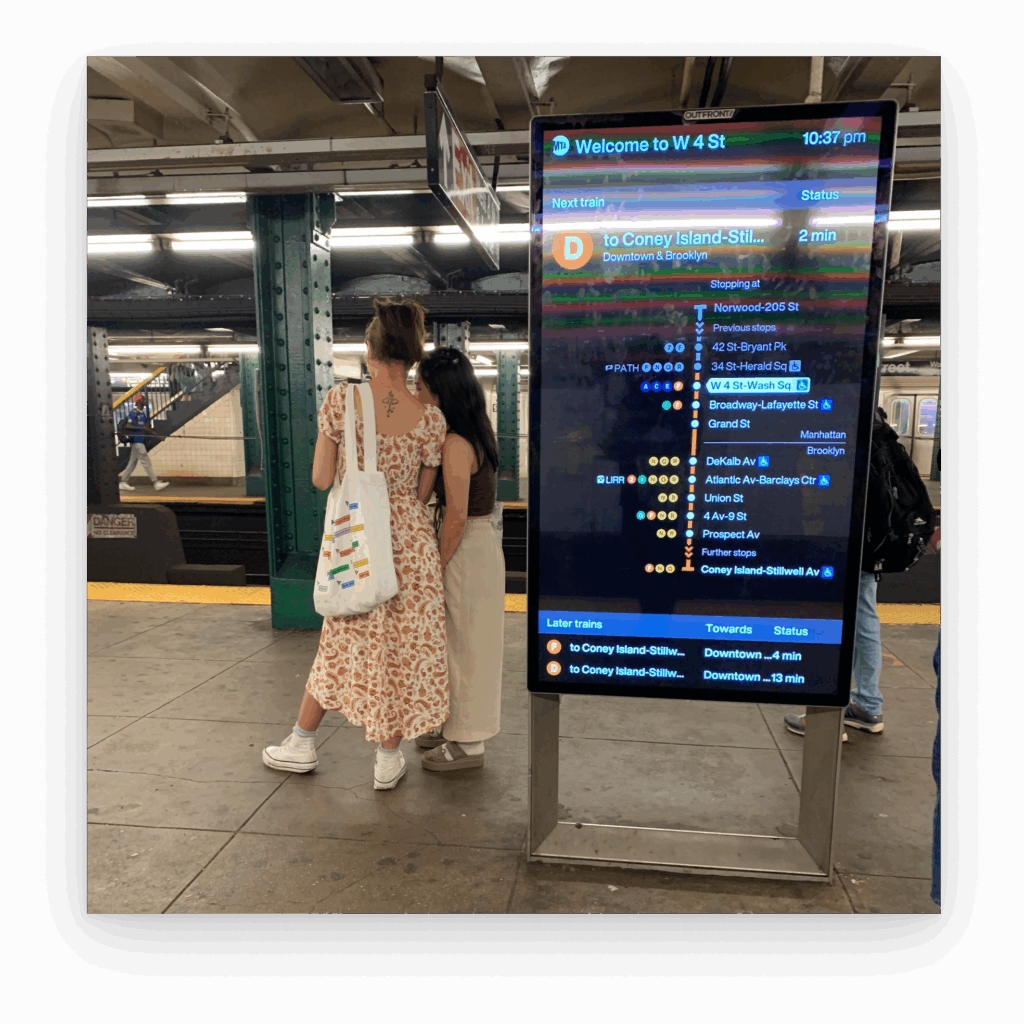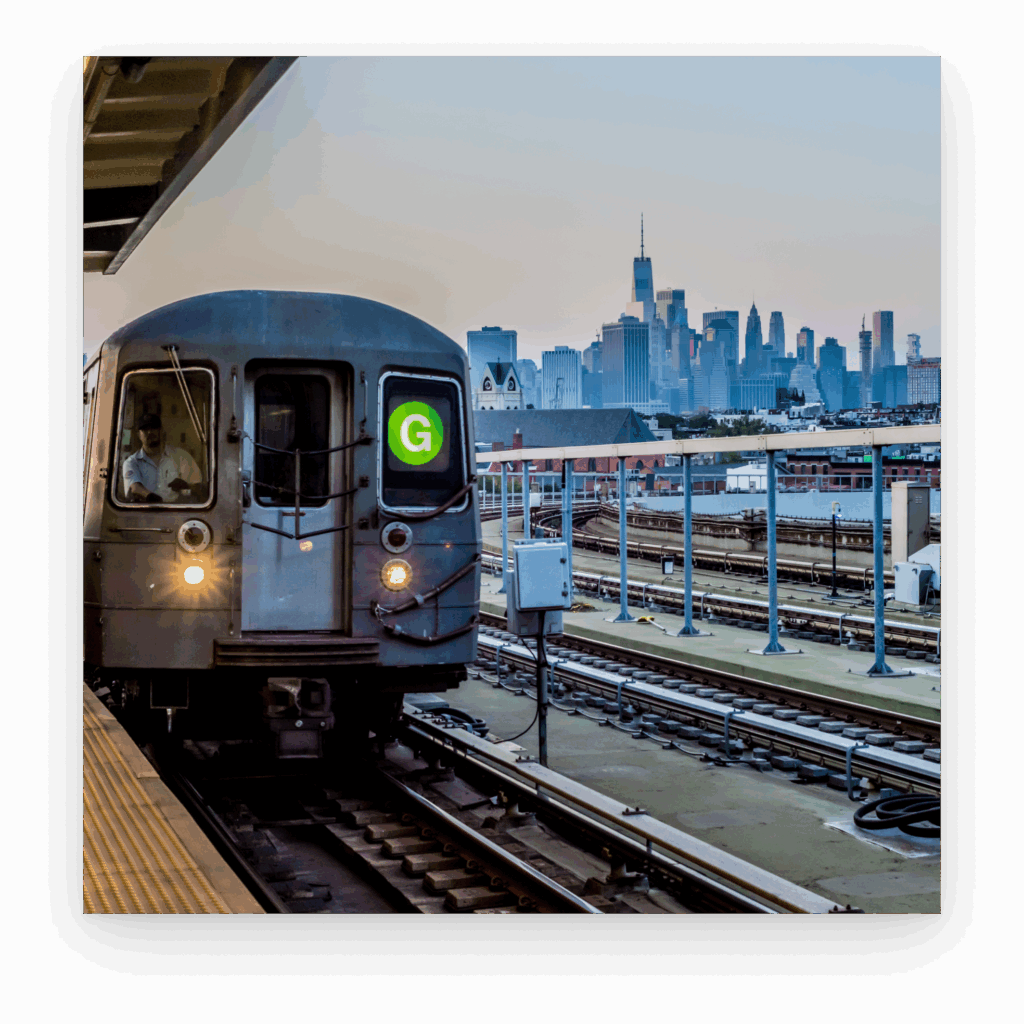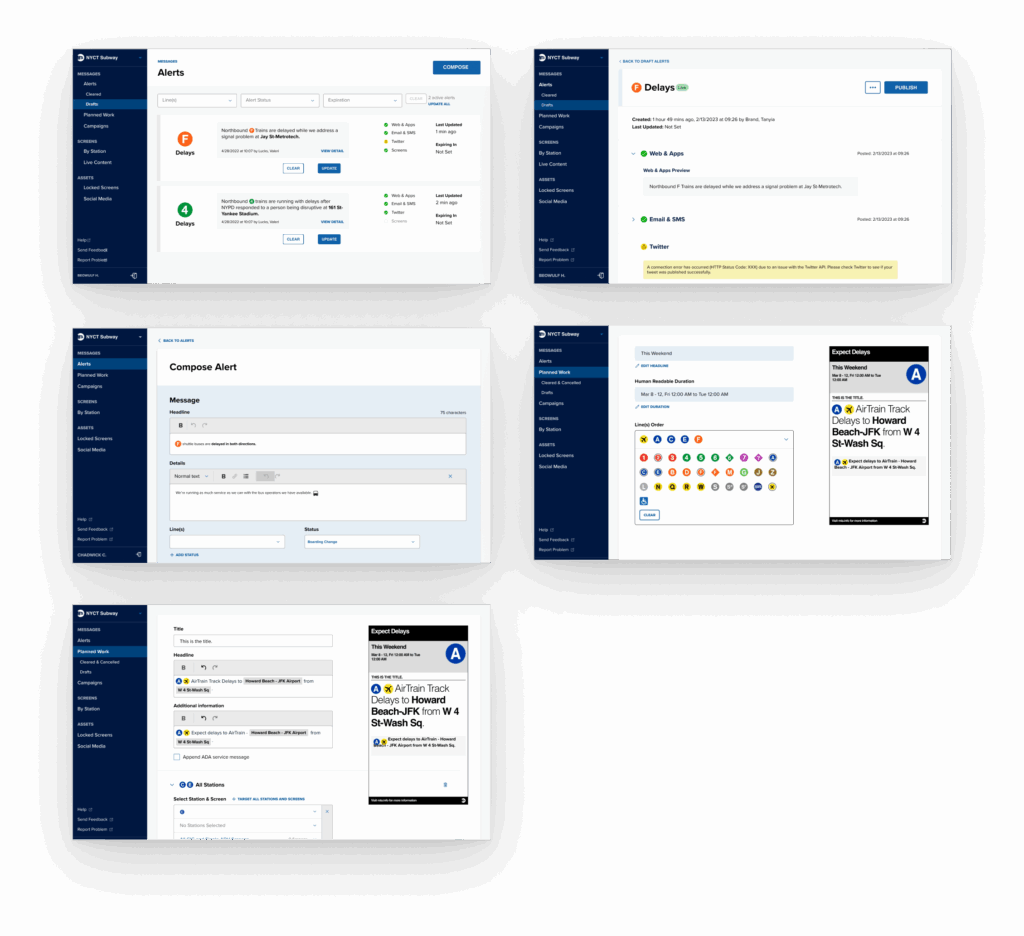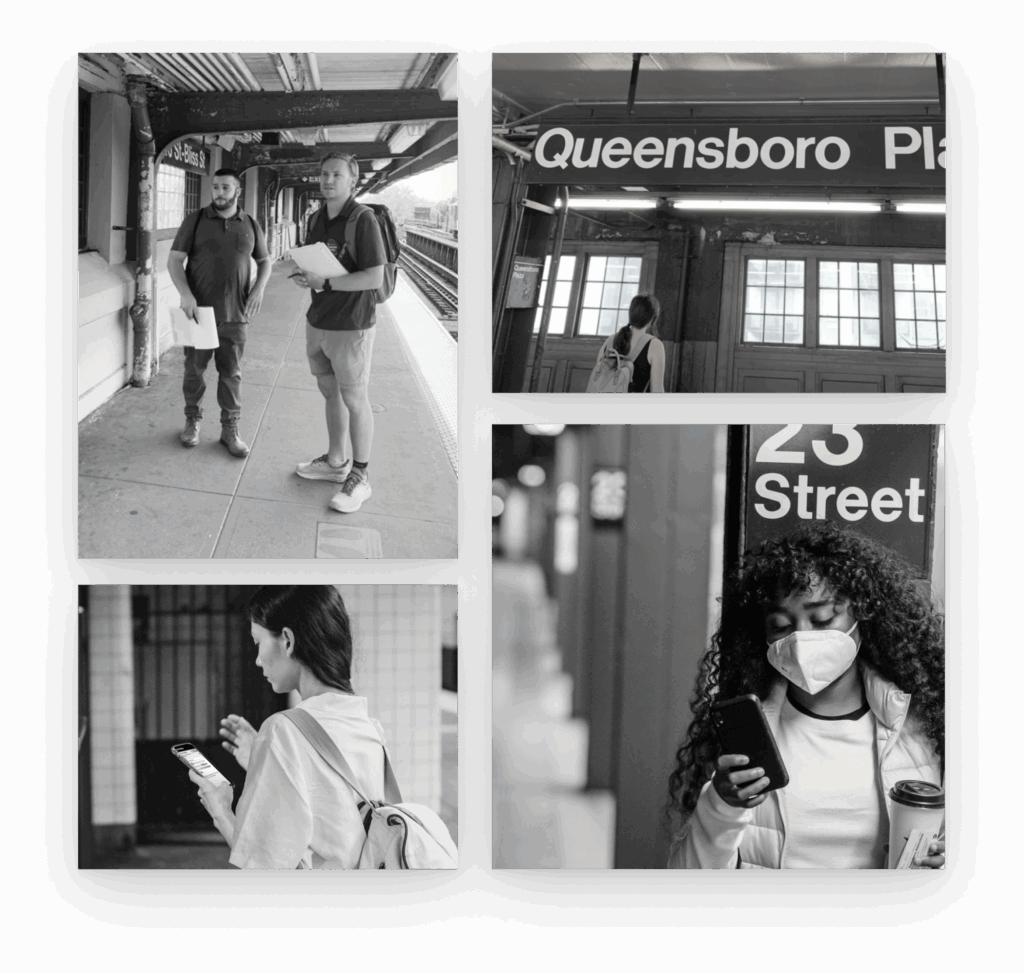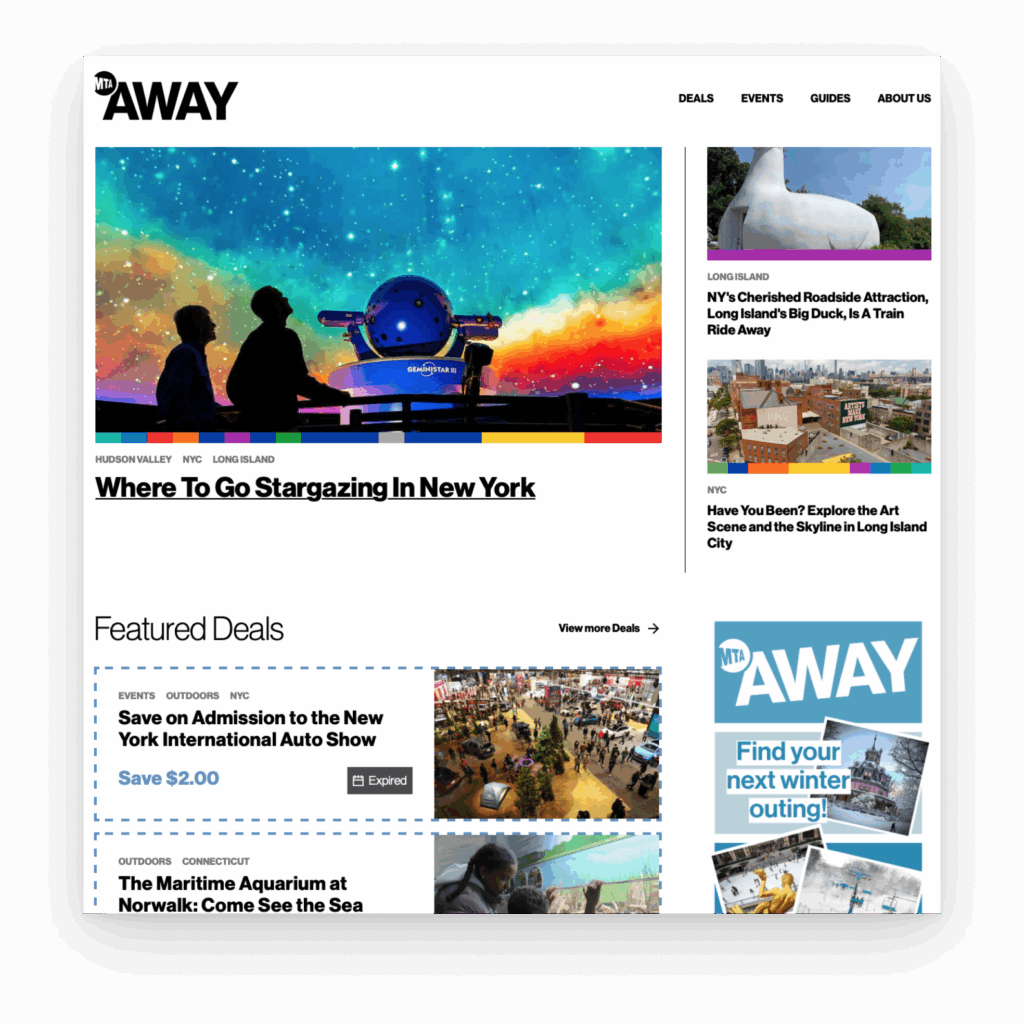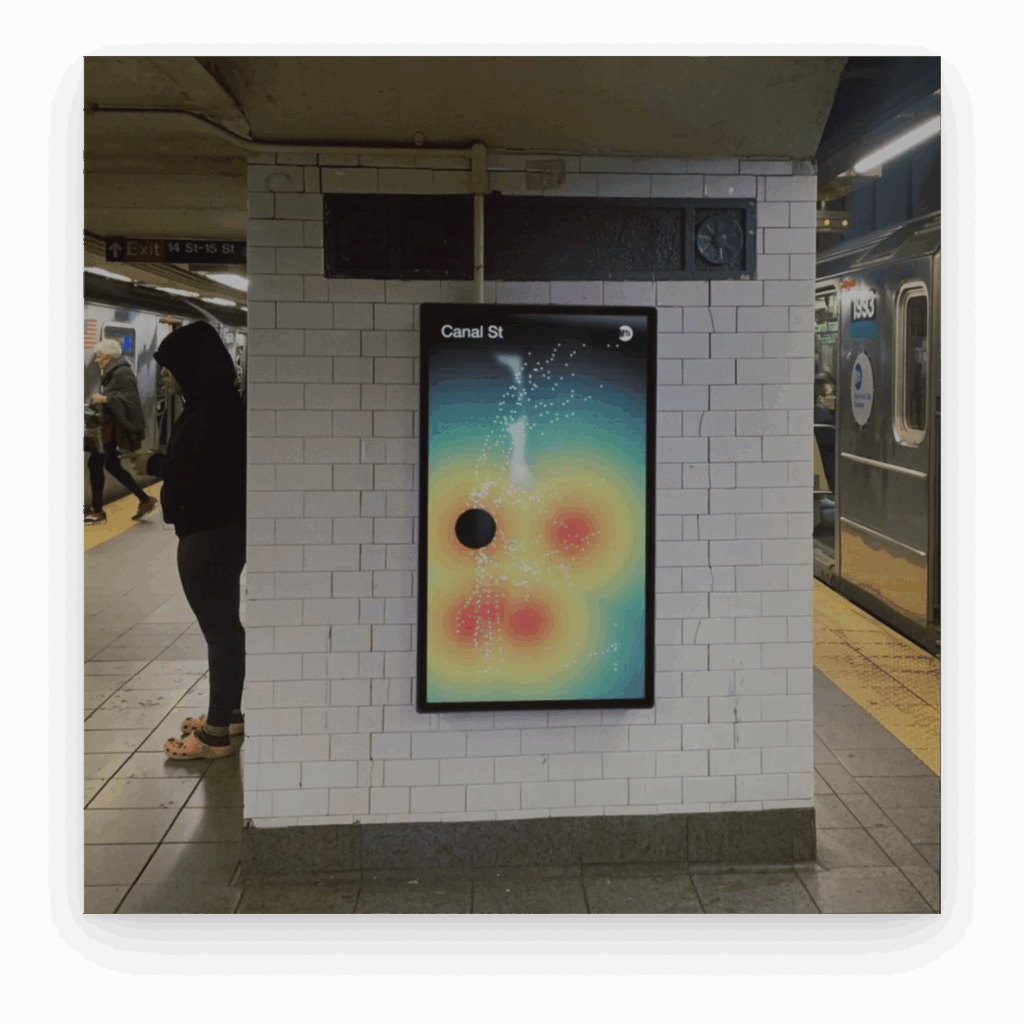Delivering unified, accessible messaging to 9+ million daily riders in New York City.
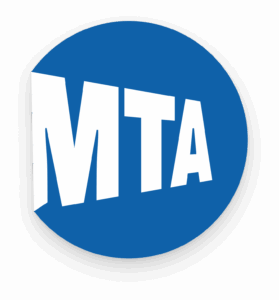
New York’s Metropolitan Transportation Authority (MTA) is one of the largest public transit systems in the world, serving over 9 million people daily. Launch transformed their rider messaging system from a patchwork of siloed software to a unified experience that was seamless and accessible to all riders.
A Grand, Central Station
We built MTA Mercury: a central CMS and source-of-truth communication tool for the MTA—where a message can be written once and published across multiple endpoints. Anyone in the MTA can easily program and control messaging heading out to millions of riders on a daily basis. Because MTA Mercury was built with the future in mind, it’s ready to support all the apps and experiences of a digitally transformed New York.
Support a Massive Rider Base
The new system needed to support the language and accessibility requirements of the world’s most diverse user base.
A Single Source-of-Truth
Ensure the MTA can create and disseminate all possible update types from a single communication platform.
Scalable Future
With 472 stations in operation and constant expansion of rider applications, the MTA needed a future-proof system built to scale.
Platform Reinvention
Through user research, interviews and analysis, we conceived a design that greatly simplified message creation and publication. Working in parallel, software engineers began architecting a modern, flexible software platform using technologies like GraphQL and React. Thanks to continuous deployments, MTA teams could test and provide feedback after only a few months.
I worked with the MTA Mercury team to maintain the existing application functionality, yet strove to pitch, design, develop, and deliver new features over the two years I was a member of the team.
This work consisted of Figma designs, prototypes, user testing, presentations, and iterative design work. I drove a significant number of design, product research, and user testing work to continually improve the MTA rider experience for all New Yorkers.
Accessibility Evolution
With the help of Mercury, the MTA publishes upward of 80,000 service messages per month to keep riders informed in real time. These messages appear on over 50,000 digital screens throughout subway, bus and railroads stations, but the information wasn’t accessible to all riders in the system. As an ongoing strategic partner of the MTA, Launch created a solution that delivered audible, real-time transit information to blind and low-vision riders.
We also conducted an extensive Rider Research Initiative to learn more about riders needs, desires, and pain points. Our activities included Panel Discussions, In-Station Interviews, and 1:1 conversations with MTA subject matter experts. These conversations enabled us make concrete recommendations to the MTA to drive significant change with platform screen content, layouts, and future strategic decisions. This work also directly resulted with the MTA signing an additional multi-million dollar contract with Launch as we continued to improve the rider experience.
Best in class accessibility at New York City scale
Through user interviews and expert panel discussions, we formed a deep understanding of how blind and low-vision riders navigate the public transportation system, and identified critical communication gaps. Challenges with complex station layouts, distracting environmental noise and a lack of clear, audible stop announcements were common issues.
Based on the findings, Launch developed a software toolkit that could deliver five types of mobile push notifications to users, including service alerts, track changes and alerts when you’ve reached your stop. These messages are delivered as native push notifications in a format accessible to mobile screen readers, including Voiceover on iOS and Talkback on Android.
Future State of Mind
MTA Mercury powers tens of thousands of special-purpose screens in MTA stations across New York City and the surrounding metro area, all controlled by a powerful interface that’s perfectly customized to the needs of the MTA’s digital communications teams. And because it’s built with the future in mind, it’s ready to support all the apps and experiences of a digitally transformed New York.
Whether you’re a low-vision daily commuter who needs up-to-the-second updates about your train, or a tourist trying to get around in a big, unfamiliar city, the MTA is committed to doing right by all riders. That means supporting them with real-time, accurate, accessible information that makes their lives easier, powered by a modern flexible platform that’s built for the future.
MTA Away
Over a seven week sprint, in the role of a Product Manager, I led a team to redesign the MTA Away website. As a destination developed in partnership with the MTA, our mandate to improve the experience to help travelers discover new deal, events, guides, and information.
I led the team through discovery, design research work consisting of creating a competitive analysis, site maps, journey maps, user personas, a SWOT analysis, design updates, client presentations, and sales efforts to pitch and sign an additional phase of product design & development improvements.
Campaign Metrics
The MTA Mercury leadership team and stakeholders identified a critical need to rethink their digital screen content strategy. A new product strategy centered on “defined view-ability slots” for the MTA’s digital screen network was defined to maximize impact with fewer resources, offering significant benefits for both the MTA and its riders:
For the MTA, the new strategy promises:
- Improved content visibility and management in the digital screen network.
- Efficient content scheduling, balancing frequency and timing to avoid overexposure.
- A flexible and scalable framework for content distribution.
For riders, the benefits include:
- Enhanced content visibility and higher chances of encountering relevant information.
- Timely and pertinent content delivery, including service alerts, to improve satisfaction and safety.
- Tailored content for specific locations while ensuring a consistent experience.
